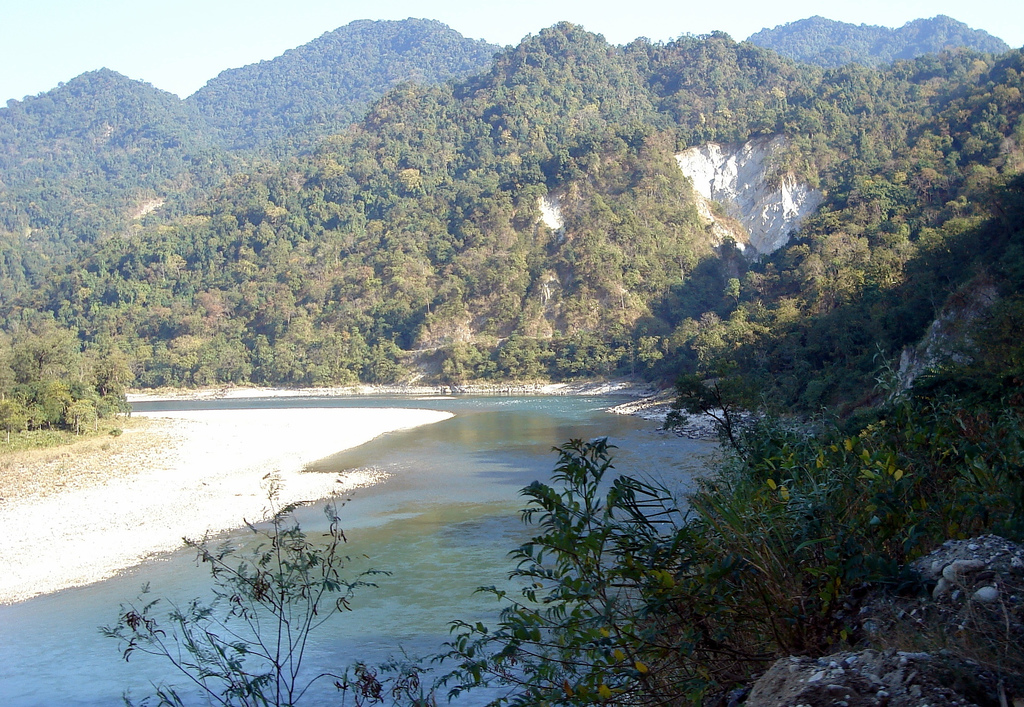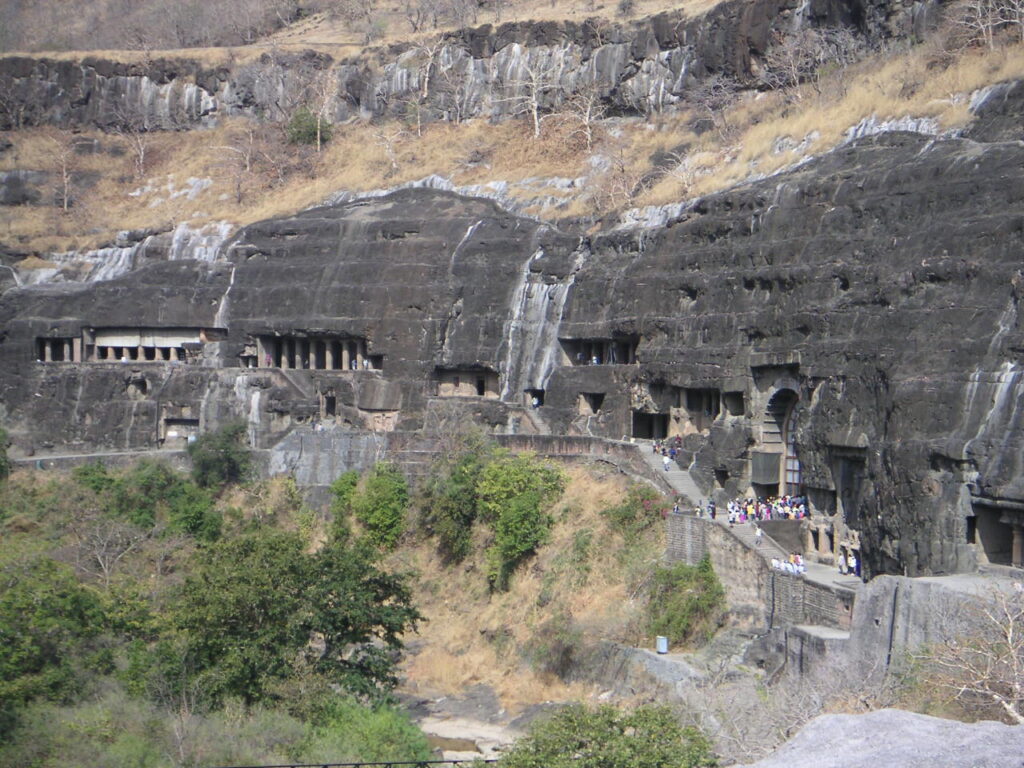Introduction
Manas Wildlife Sanctuary, located in the state of Assam in northeastern India, is one of the most diverse and pristine wildlife sanctuaries in the world. Recognized as a UNESCO World Heritage Site in 1985, Manas is celebrated for its exceptional biodiversity, stunning landscapes, and critical role in the conservation of several endangered species. The sanctuary, which covers an area of approximately 500 square kilometers, extends into the foothills of the Bhutan Himalayas, encompassing a variety of ecosystems that support an incredible array of flora and fauna.
Historical Background
The history of Manas Wildlife Sanctuary is deeply intertwined with the conservation efforts in India. The sanctuary was named after the Manas River, which flows through the park and is named after the serpent goddess Manasa. Established as a reserved forest in 1907, it was declared a wildlife sanctuary in 1928. In 1950, it was further upgraded to a tiger reserve, and in 1985, it gained the prestigious status of a UNESCO World Heritage Site. The park’s rich history and ongoing conservation efforts have made it a crucial site for wildlife protection and ecological research.
Geography and Climate
Manas Wildlife Sanctuary is situated in the eastern Himalayan foothills, which provide a stunning backdrop of lush greenery and rugged terrain. The park is bordered by the Manas River to the north, which also serves as a natural boundary with Bhutan. The sanctuary’s terrain varies from dense tropical forests to alluvial grasslands and wetlands, creating a mosaic of habitats that support diverse wildlife.
The climate in Manas is typically subtropical, characterized by hot summers, heavy monsoon rains, and cool winters. Summers (March to May) can be quite hot and humid, with temperatures ranging from 25°C to 35°C. The monsoon season (June to September) brings heavy rainfall, often exceeding 2000 mm annually, which rejuvenates the park’s vegetation and fills its water bodies. Winters (November to February) are cool and dry, with temperatures ranging from 10°C to 25°C, making it the best time for wildlife viewing and tourism.
Flora of Manas
Manas Wildlife Sanctuary boasts an impressive array of plant life, with over 1,000 species of flowering plants recorded in the park. The vegetation types vary significantly across the sanctuary, reflecting the diverse habitats and climatic conditions.
Grasslands
The alluvial grasslands of Manas are some of the most extensive in India. These grasslands are primarily composed of tall grasses like Saccharum spontaneum and Imperata cylindrica, interspersed with patches of shorter grasses. The grasslands provide crucial grazing areas for herbivores such as the Indian rhinoceros, wild buffalo, and various species of deer.
Wetlands
The wetlands of Manas, formed by the Manas River and its tributaries, are rich in aquatic vegetation. These wetlands are essential for maintaining the park’s biodiversity, supporting a variety of aquatic plants such as water lilies, sedges, and floating ferns. The wetlands also serve as breeding grounds for many fish and amphibian species.
Forests
The forested areas of Manas are dominated by tropical semi-evergreen and mixed deciduous forests. These forests are home to a diverse range of tree species, including Sal (Shorea robusta), Sissoo (Dalbergia sissoo), and various species of figs (Ficus spp.). The dense canopy and rich undergrowth provide habitats for numerous mammals, birds, and insects.
Fauna of Manas
Manas Wildlife Sanctuary is renowned for its rich and diverse wildlife, making it one of the most important biodiversity hotspots in India. The sanctuary is home to a variety of mammals, birds, reptiles, and amphibians, many of which are endangered and rare.
Mammals
Manas is a critical habitat for several endangered and rare mammal species. Notable mammals found in the sanctuary include:
- Bengal Tiger (Panthera tigris tigris): Manas is a designated tiger reserve and supports a healthy population of tigers. The dense forests and grasslands provide ideal cover for these apex predators.
- Indian Rhinoceros (Rhinoceros unicornis): Manas is one of the few places in India where the Indian one-horned rhinoceros can be found. The grasslands and wetlands of the park provide essential grazing areas for these majestic animals.
- Asian Elephant (Elephas maximus): The sanctuary supports a significant population of wild elephants, which roam the park’s diverse habitats in large herds.
- Pygmy Hog (Porcula salvania): One of the world’s rarest mammals, the pygmy hog, is found in the grasslands of Manas. Conservation efforts have been successful in increasing their population in the park.
- Golden Langur (Trachypithecus geei): Endemic to the region, the golden langur is an arboreal primate with distinctive golden fur. Manas is one of the few places where this species can be seen in the wild.
- Hispid Hare (Caprolagus hispidus): This rare and elusive species is found in the grasslands of Manas, where it lives in dense undergrowth and tall grasses.
Birds
Manas is a birdwatcher’s paradise, with over 450 species of birds recorded in the sanctuary. The diverse habitats support a wide range of resident and migratory birds. Notable bird species include:
- Great Hornbill (Buceros bicornis): A large and striking bird that can be seen in the park’s forested areas.
- Bengal Florican (Houbaropsis bengalensis): An endangered bustard species that inhabits the park’s grasslands.
- Black-necked Crane (Grus nigricollis): A rare and endangered bird that is occasionally seen in the park’s wetlands.
- Greater Adjutant Stork (Leptoptilos dubius): An endangered species, Manas is one of the few places where these storks can be seen.
- White-winged Duck (Asarcornis scutulata): One of the rarest duck species in the world, found in the park’s wetlands and forested areas.
- Various Raptors: Including the crested serpent eagle, Pallas’s fish eagle, and the lesser adjutant stork, which are commonly seen soaring above the park.
Reptiles and Amphibians
The wetlands and forests of Manas provide ideal habitats for a variety of reptiles and amphibians. Notable species include:
- Gharial (Gavialis gangeticus): A critically endangered crocodilian found in the park’s rivers and wetlands.
- King Cobra (Ophiophagus hannah): The world’s longest venomous snake, found in the park’s forested areas.
- Assam Roofed Turtle (Pangshura sylhetensis): An endangered turtle species that inhabits the park’s water bodies.
- Various Frogs and Toads: Including the Indian bullfrog (Hoplobatrachus tigerinus) and various species of tree frogs, which thrive in the park’s wetlands.
Conservation Efforts
Manas Wildlife Sanctuary’s success in wildlife conservation is the result of dedicated efforts by the government, conservationists, and local communities. Several measures have been implemented to protect and preserve the sanctuary’s biodiversity.
Anti-Poaching Measures
Poaching has been a significant threat to the wildlife of Manas, particularly during the late 20th century when the sanctuary experienced a severe decline in its wildlife populations due to political unrest and insurgency. To combat this, the park authorities have established a robust anti-poaching network, which includes armed forest guards, surveillance, and intelligence networks. The use of modern technology, such as drones and GPS tracking, has also been incorporated to enhance monitoring and protection efforts.
Habitat Management
Maintaining and restoring the diverse habitats of Manas is crucial for the survival of its wildlife. Controlled burning of grasslands, management of water bodies, and prevention of invasive species are some of the habitat management practices employed in the sanctuary. These measures help ensure that the park’s ecosystems remain healthy and capable of supporting its diverse flora and fauna.
Community Involvement
The involvement of local communities is essential for the long-term success of conservation efforts. Various programs have been implemented to engage local communities in conservation activities, such as eco-development projects, education, and awareness campaigns. These initiatives aim to provide alternative livelihoods, reduce human-wildlife conflict, and foster a sense of stewardship among the local population.
Transboundary Conservation
Manas Wildlife Sanctuary forms a transboundary conservation area with the Royal Manas National Park in Bhutan. Collaborative efforts between India and Bhutan have been crucial in ensuring the protection of wildlife that moves across the international border. Joint patrolling, information sharing, and coordinated conservation strategies have been implemented to enhance the effectiveness of conservation efforts in the region.
Challenges and Threats
Despite its success, Manas Wildlife Sanctuary faces several challenges and threats that require continuous attention and action.
Flooding
The annual flooding of the Manas River, while beneficial for replenishing the park’s ecosystems, can also pose significant challenges. Floods can lead to the displacement of wildlife, destruction of habitats, and increased vulnerability to poaching. Effective flood management strategies and the creation of highland refuges for animals during floods are essential to mitigate these impacts.
Human-Wildlife Conflict
As human populations and agricultural activities expand around Manas, conflicts between humans and wildlife have become more frequent. Crop raiding by elephants and depredation by tigers and leopards can lead to economic losses and pose risks to human safety. Implementing measures such as community-based conflict mitigation strategies, compensation schemes, and the creation of buffer zones can help address these issues.






